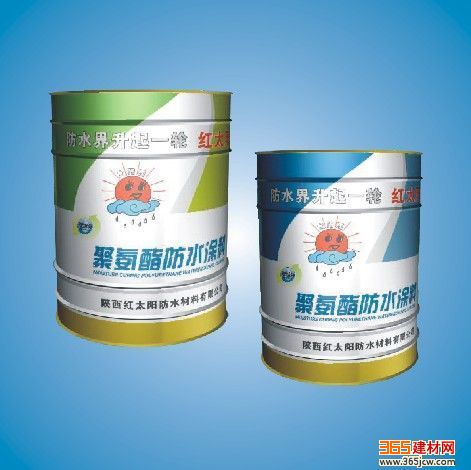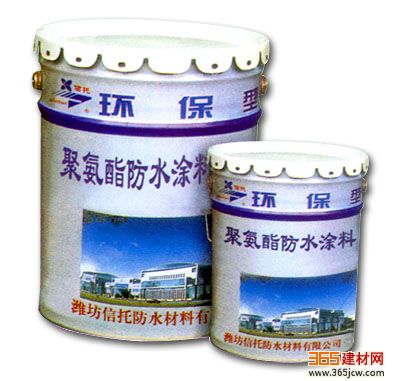A single-component moisture-curable waterproof coating made from chemical reaction using isocyanate and polyether polyol as the main raw material and various additives and fillers. The product chemically reacts with moisture in the air to form a tough, soft, continuous seamless elastic waterproof film.
It is known as 'liquid rubber' and it is the best waterproof coating for elasticity. However, in the course of use, we often give feedback on the following issues. Here we see tricks, it's easy to learn how to get the coating and make it the most waterproof. effect.

Analysis: Generally, there are two kinds of possibilities, one is that the whole is not dry and the other is dry inside. There may be too much thinner added in the polyurethane, the ambient temperature is too low, and the two-component polyurethane is not strictly stirred according to the ratio. The quit phenomenon occurs; secondly, it may be that the coating film is too thick, resulting in the formation of a dense film on the surface that causes the water vapor to fail and the curing reaction to stop, resulting in a phenomenon that the surface does not dry out. This can be solved by strictly controlling the proportions, strictly controlling the accumulation of paint at the negative parts, and increasing the ambient temperature;
2, the smell of the paint coating process is largerAnalysis: As polyurethane is a solvent-based waterproof coating, there are some irritating odors. When the ambient temperature is high and the ventilation is not smooth, the odor builds up and forms a pungent taste. This can be solved by maintaining ventilation;
3, film adhesion is not strongAnalysis: It may be because the grass-roots level is smooth, dense (such as glass, smooth cement board), when the base layer is treated with a water-immiscible interfacial agent sleeve rubber film, so that there will be a layer of white plastic film on the polyurethane surface or the base layer surface. It may also be that the base layer is too low in strength. Excessive grit and fly ash can cause the coating film to separate from the base layer, resulting in poor adhesion.
The floating ash can be fixed by the base layer treatment, and the strength is improved. After the interface is treated, the diluted rubber is diluted with water and only one or two times is applied to solve the problem.

Analysis: Generally, it is because the coating film is dense and smooth, and if it is not processed, it will directly use cement mortar or tile adhesive tile to cause brick dropping phenomenon caused by poor adhesion. This can be solved by throwing sand on the surface of the water-repellent layer or adding cement by interfacial agent treatment after drying and tiling, but it is worth noting that the interface agent can not be mixed with sand when it is napped, and it should not be treated with water. .
Plano-convex cylindrical lenses feature a single plano and single convex cylindrical surface, while their focal length is positive. These lenses operate only in one dimension rather than two, compared to plano-convex spherical lenses.
Plano convex cylindrical lenses are utilized to compress light in 1 axis. In order to generate a line image from a point of light and to change the aspect ratio of an image, a positive (convex) Cylindrical Lens is used. It is also applied to focus collimated input light to a line. Plano convex cylindrical lenses are normally used for line detector arrays, anamorphic beam shaping, laser projection, laser line focusing, and illumination of slit.
Plano Convex Cylindrical Lens,Meniscus Lens,Optic Lens,Cylinder Lens
Changchun Realpoo Photoelectric Co., Ltd. , https://www.optics-realpoo.com